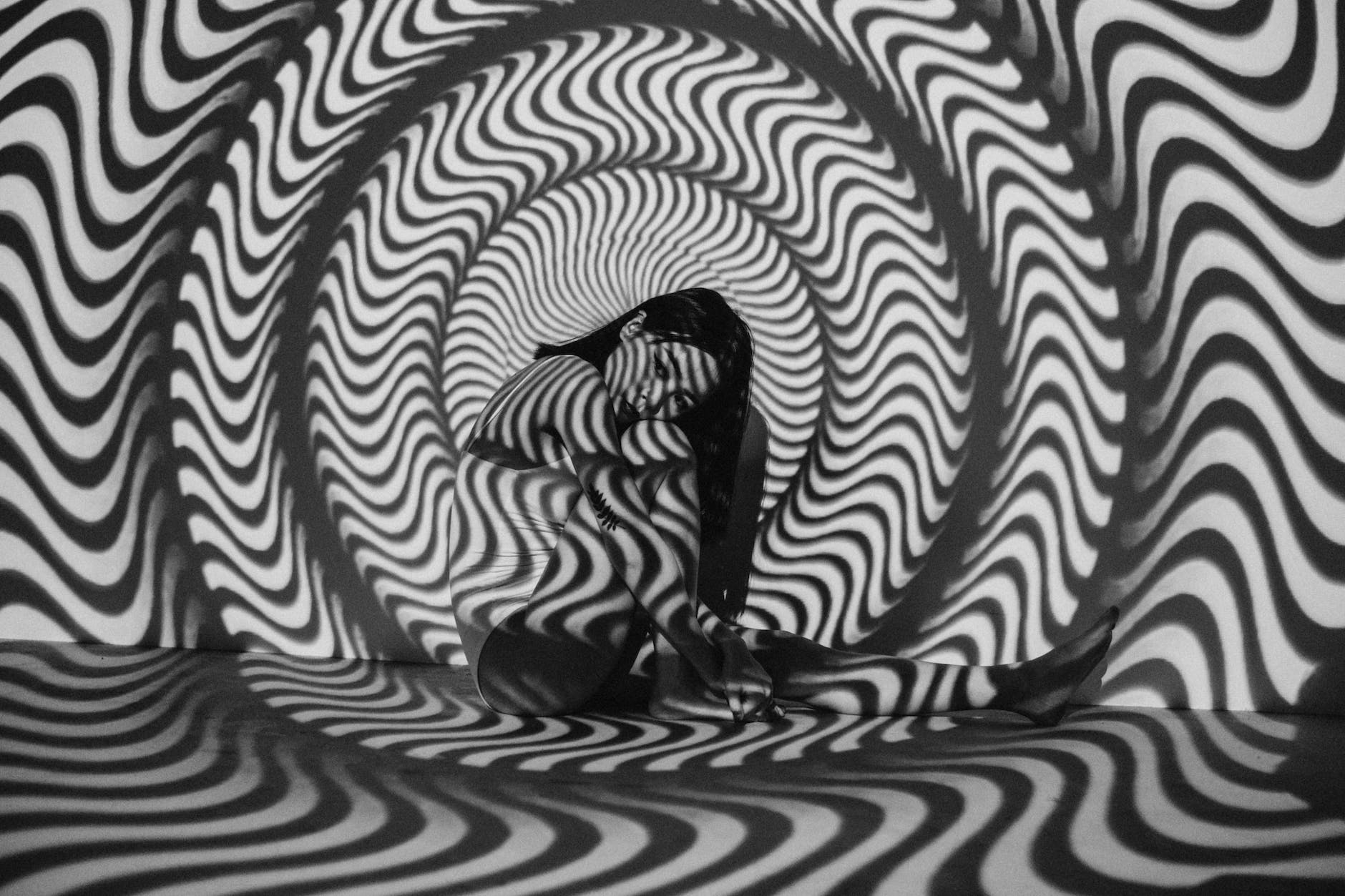Psychedelic art is a vibrant and visually stimulating genre that has captivated audiences since its inception in the mid-20th century. Its rise to popularity was ignited by counterculture movements, and it has since evolved into a range of styles that include graphic art, fine art, and now, also, fantastic immersive experiences. Today, countless art museums and galleries worldwide embrace this compelling art form, presenting it as spectacular exhibitions and gallery showcases. Let us embark on a global journey through the realm of psychedelic art.
Begin your journey in San Francisco, the birthplace of psychedelic art. Famous for its association with the 1960s counterculture movement, San Francisco is home to the Haight Street Art Center, which frequently displays psychedelic installations. Here, emerging artists have a platform to present their work alongside established creators.
Let’s move to Europe, where Budapest’s Lumen Gallery prides itself on being a platform for new wave of digital artisans. Organizing and participating in various regional and international art festivals, this gallery is a must-see for anyone interested in modern and futuristic interpretations of psychedelic art.
Discover the surrealism of Brazilian psychedelic art at the Museum of Image and Sound in Sao Paulo. An exhibition named “Brazilian Psychedelic” offers an immersive experience that guides visitors through the colorful and obscure journey of Brazil’s psychedelic scene from the 1960s till present.
The next stop is Aomori, a city in Northern Japan that embraces diversity in its cultural presentations. Here, the Aomori Museum of Art hosts exhibitions featuring works from internationally acclaimed as well as emerging artists. Though not specifically centered on psychedelic art, their gallery showcases often include psychedelic elements, or exhibit works by artists known for their psychedelic creations.
Crossing the border to South Korea, the Museum SAN in Wonju city balances traditional and modern aesthetics in its architecture and presentations. The Museum SAN often features exhibits with a strong focus on light and spatial installations, offering fascinating immersive experiences. Their recent exhibitions like James Turrell’s “Light Tunnel,” provide visitors with a sensory experience that pushes the boundaries of psychedelic art.
Paris, the city of love and art, is our next destination. While the Louvre and the Musée d’Orsay are indispensable visits, the Centre Pompidou is where one might stumble upon a psychedelic exhibit. The Pompidou is known for its modern and contemporary art exhibitions, and given its experimental nature, the centre never shies away from trippy, psychedelic installations.
Finally, hop over the English Channel to London to visit the Saatchi Gallery. Known for its support of young artists and new work, the Saatchi Gallery often includes gallery showcases which present psychedelic work blending technology and art.
The world of psychedelic art is continually evolving with each new wave of artists bringing their unique interpretations and innovations to the genre. Whether it is found in traditional museums or modern galleries, local art festivals, or immersive exhibitions, psychedelic art will continue to enthrall audiences worldwide with its vibrancy and depth. Exploring this art form allows us to experience a unique fusion of color, shape, sound, and movement – an exploration that transcends the boundaries of our perception and takes us on a journey into the limitless realm of creativity.
Today, psychedelic art is an inclusive field that invites artists from various styles and backgrounds. It does not matter if the artist dares to dream and create with an unbounded spirit. With numerous platforms supporting emerging artists, new psychedelic installations finding their place in renowned art museums, and more audiences seeking immersive experiences, the future seems bright and vibrant in the world of psychedelic art.





